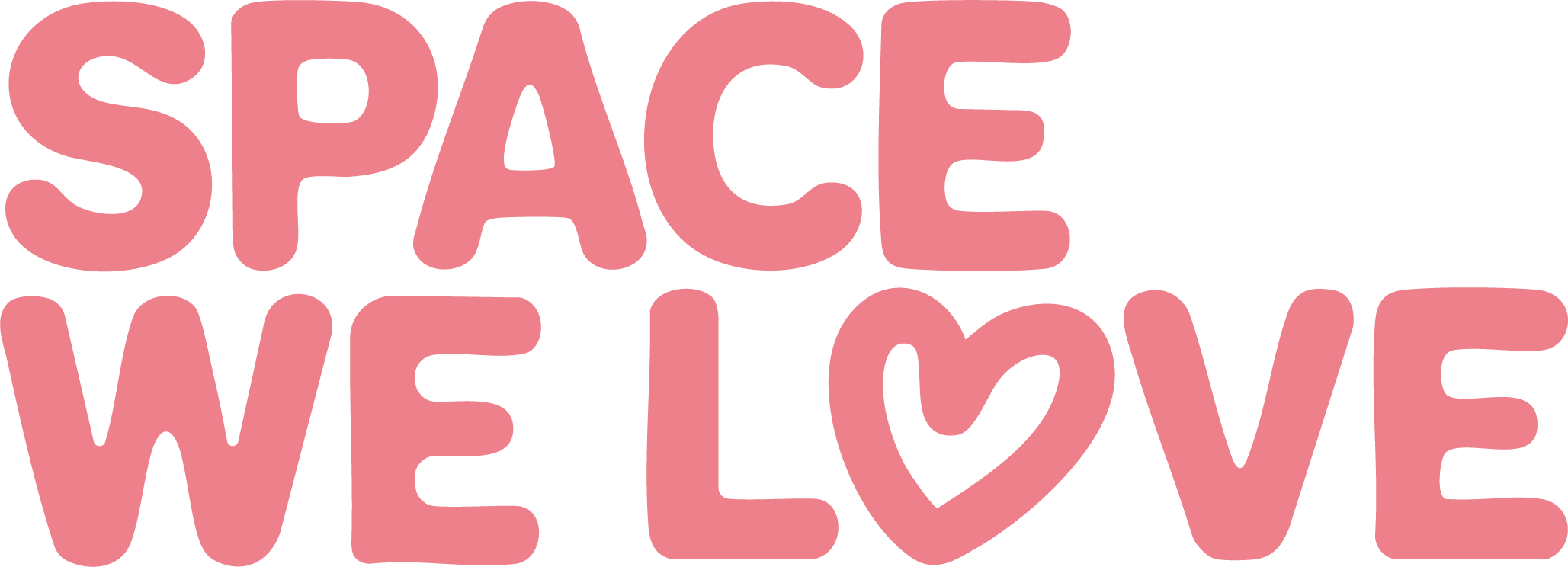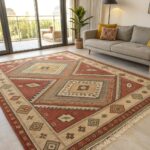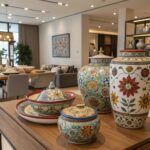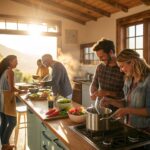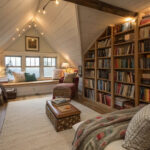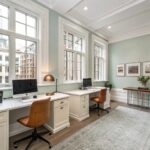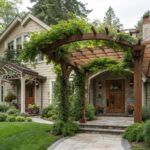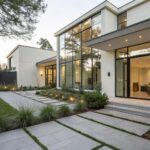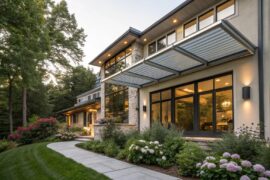A well-designed space speaks volumes through its textures and dimensions. In today’s world of sleek surfaces and digital screens, woven wall art stands as a tactile counterpoint, bringing organic warmth and visual interest to contemporary interiors. This guide explores how these textural treasures can transform spaces from merely functional to deeply nurturing environments that tell stories and invite touch.
The Transformative Power of Woven Elements
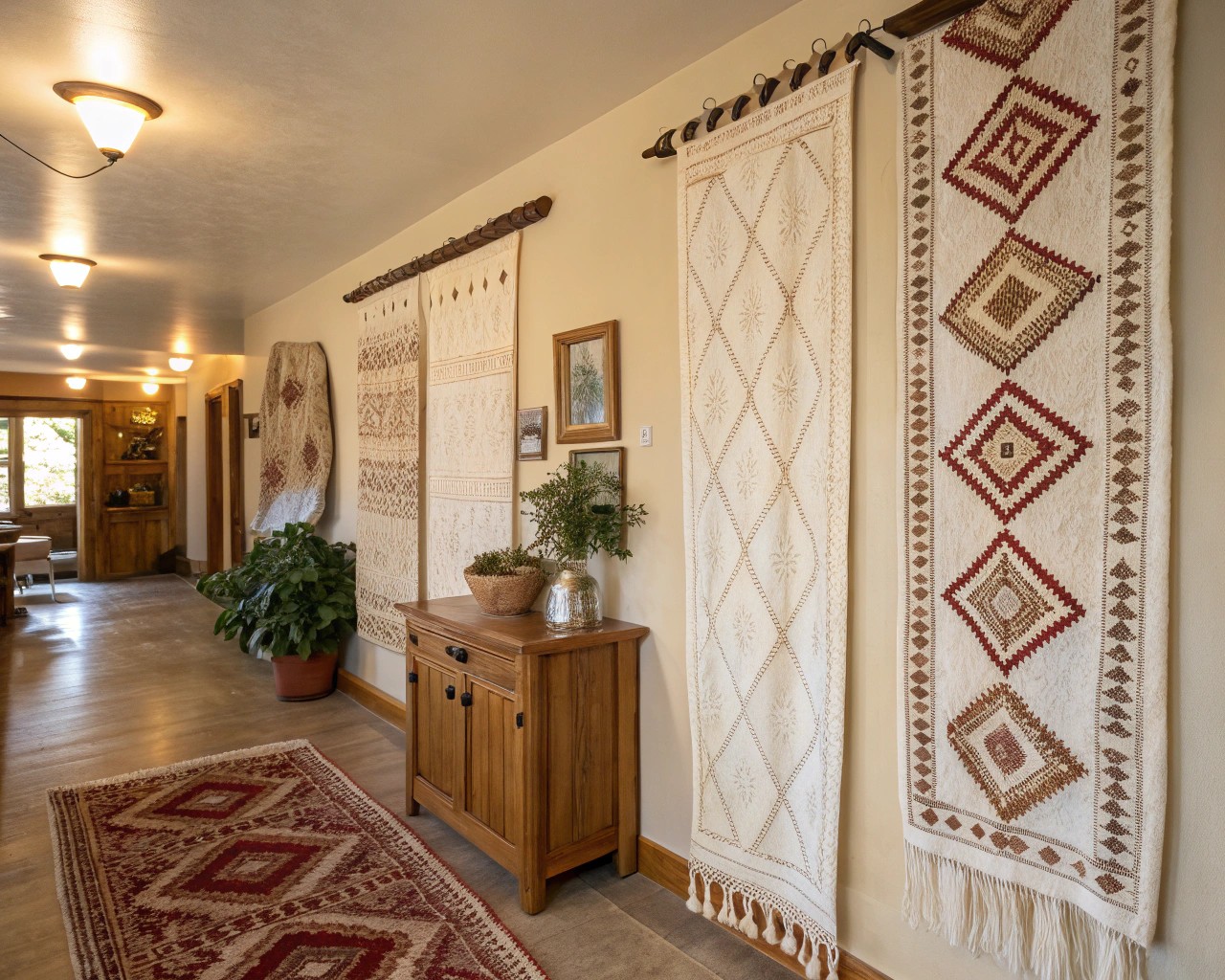
Woven wall art does more than fill empty wall space—it creates a multisensory experience. These pieces bring dimension to flat surfaces, softening acoustics while adding visual complexity that draws the eye and invites closer inspection. When clients walk into a room adorned with thoughtfully selected woven elements, they invariably pause, noticing how the space feels immediately more inviting and complete.
Types of Woven Wall Decorations
The world of woven wall art encompasses diverse forms, each bringing unique qualities to interior spaces:
| Type | Materials | Visual Effect | Best Placement |
|---|---|---|---|
| Woven Baskets | Rattan, seagrass, bamboo | Organic texture, natural depth | Feature walls, above furniture |
| Textile Tapestries | Cotton, wool, linen | Rich colors, detailed patterns | Large wall spaces, focal points |
| Macramé Hangings | Cotton rope, jute | Bohemian texture, movement | Window walls, bedrooms |
| Fiber Art Pieces | Wool roving, mixed fibers | Sculptural dimension, artistic focus | Statement walls, conversation areas |
Artisan suppliers often highlight how items like decorative fans, handwoven from sustainable palm leaves, are both lightweight and durable, adding organic texture and warmth. This emphasis on sustainability resonates deeply with today’s environmentally conscious homeowners.
Materials That Tell Stories
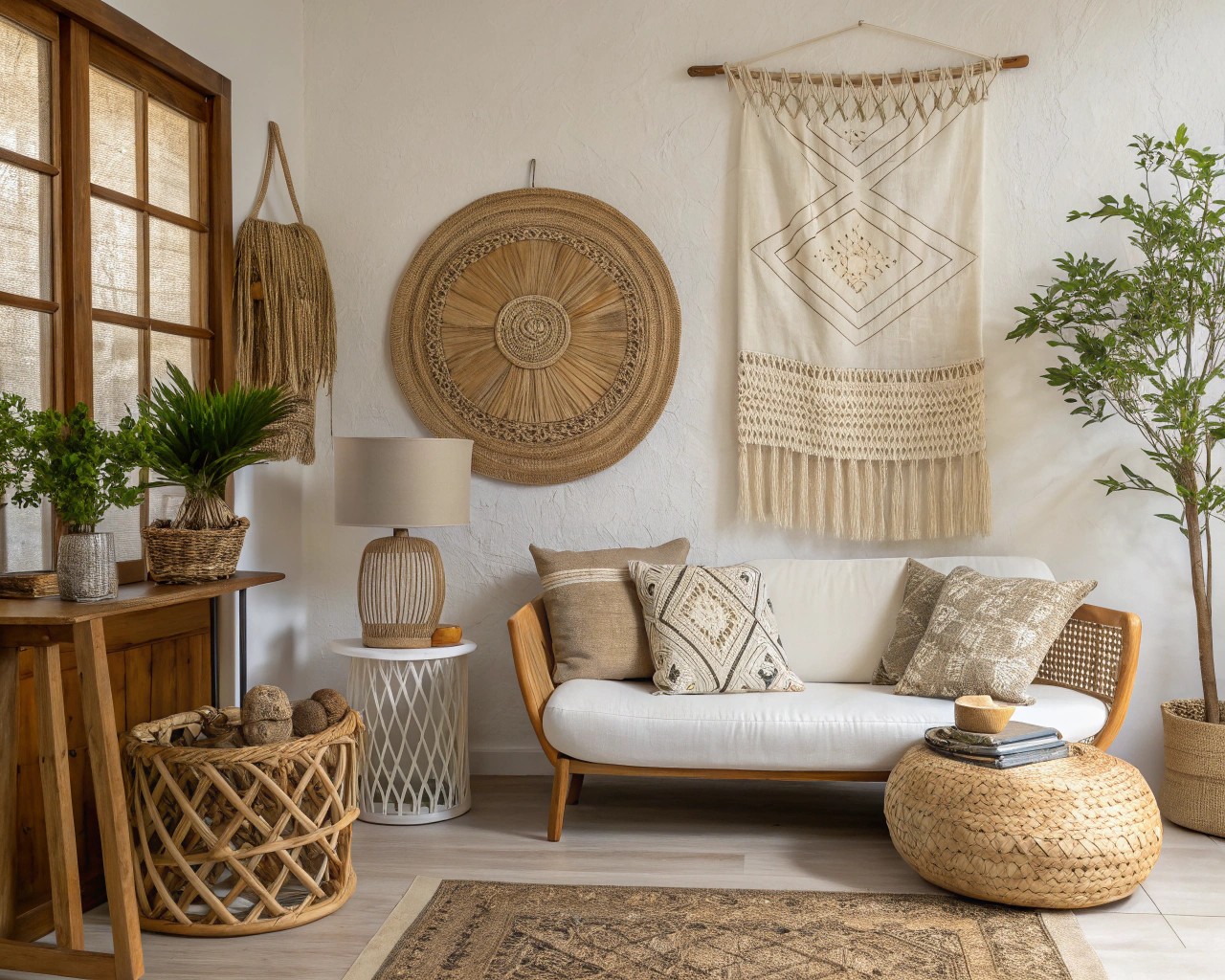
The materials used in woven wall art carry their own narratives and sensory qualities:
Natural Fibers:
- Rattan: Lightweight with distinctive woven patterns
- Seagrass: Earthy with subtle color variations
- Bamboo: Structured with sustainable appeal
- Palm leaf: Delicate yet durable with fine detail potential
Textile Elements:
- Merino wool: Soft with rich color absorption
- Organic cotton: Versatile with excellent texture variety
- Linen: Crisp with natural slubbing and character
One designer observed a client forming a remarkable connection with a collection of Malawian wall baskets, noting, “She would touch them each morning as she passed, almost as a ritual.” The use of organic, vegetable-based dyes for the black accents seemed to connect her deeply to artistic traditions from another part of the world. These material connections form the foundation of woven art’s emotional impact.
Styling Approaches for Different Spaces
Living Spaces
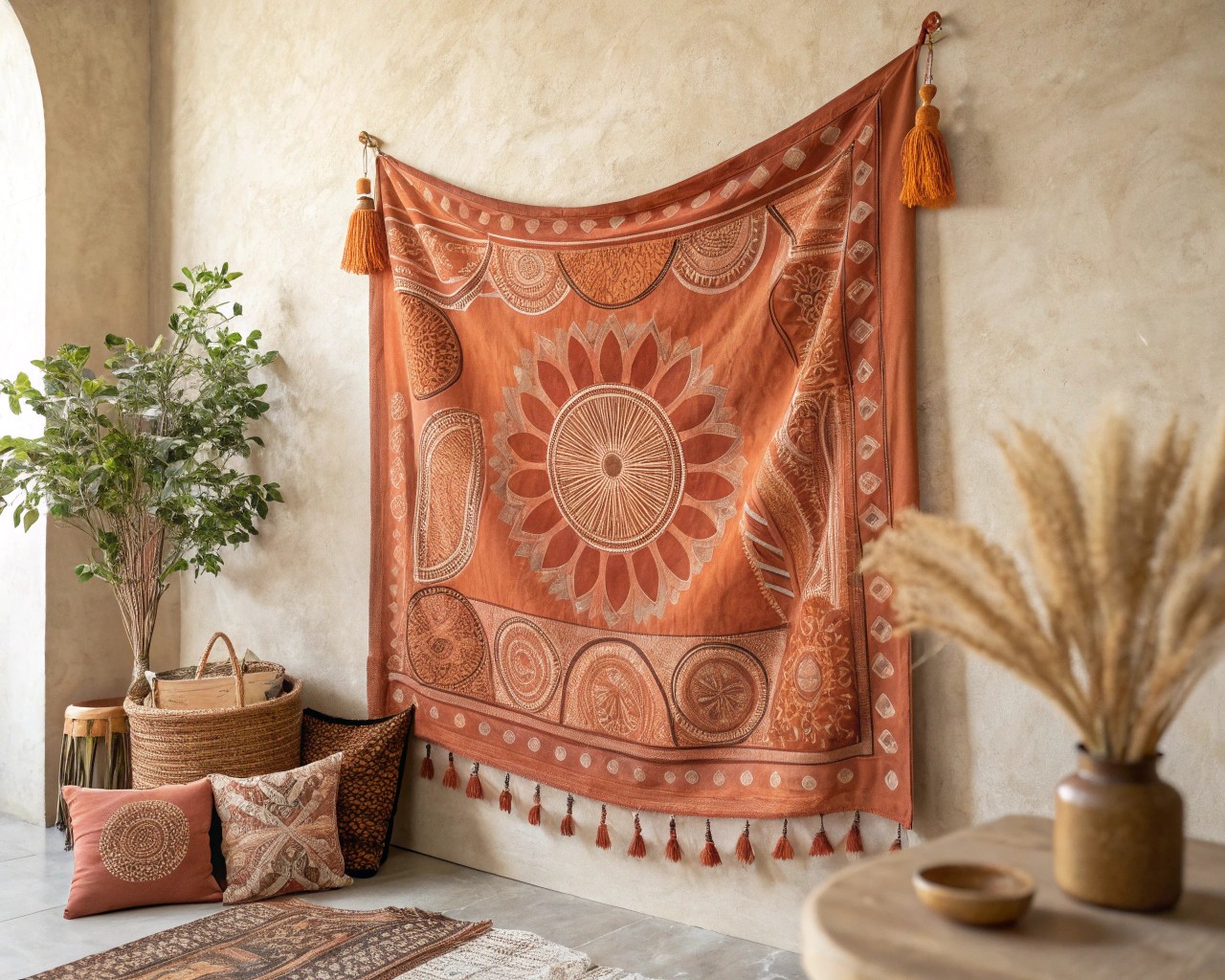
In living rooms, woven wall art creates focal points that anchor conversation areas. A recent project for a Minneapolis family demonstrates this principle perfectly. Their north-facing living room felt perpetually cold despite adequate heating. The solution came through a gallery wall of varied seagrass baskets arranged in an organic pattern above their sofa, complemented by textiles in warm terracotta and ochre tones. Visitors now consistently comment on how “cozy” the space feels, even during Minnesota’s harsh winters.
Placement Tips for Living Areas:
1. Above sofas, maintain 6-8 inches between furniture and art
2. Create asymmetrical arrangements for dynamic energy
3. Mix different sizes for visual rhythm
4. Consider scale—larger rooms can handle larger pieces or collections
Bedrooms and Personal Retreats
For bedrooms, woven art contributes to the essential feeling of sanctuary. Textile artists often find that clients report improved sleep quality after introducing natural textural elements to their bedroom walls, perhaps due to a psychological connection where natural materials signal restfulness.
A compelling example comes from a recent project for a tech executive experiencing insomnia. A custom horizontal textile wall hanging incorporating gentle wave patterns in blues and neutrals was installed on the wall facing her bed. The piece, titled “KATIE,” featured “a beautiful abstract, mountain-esque landscape” that provided a meditative focal point. Within weeks, she reported falling asleep more easily while contemplating its organic patterns.
Design Styles Enhanced by Woven Elements
Bohemian and Eclectic Spaces
In bohemian settings, woven wall art celebrates imperfection and handcraft. These spaces benefit from:
- Layered arrangements of different woven techniques
- Rich color variations and natural fiber diversity
- Pieces that show the human hand in their creation
Minimalist and Modern Interiors
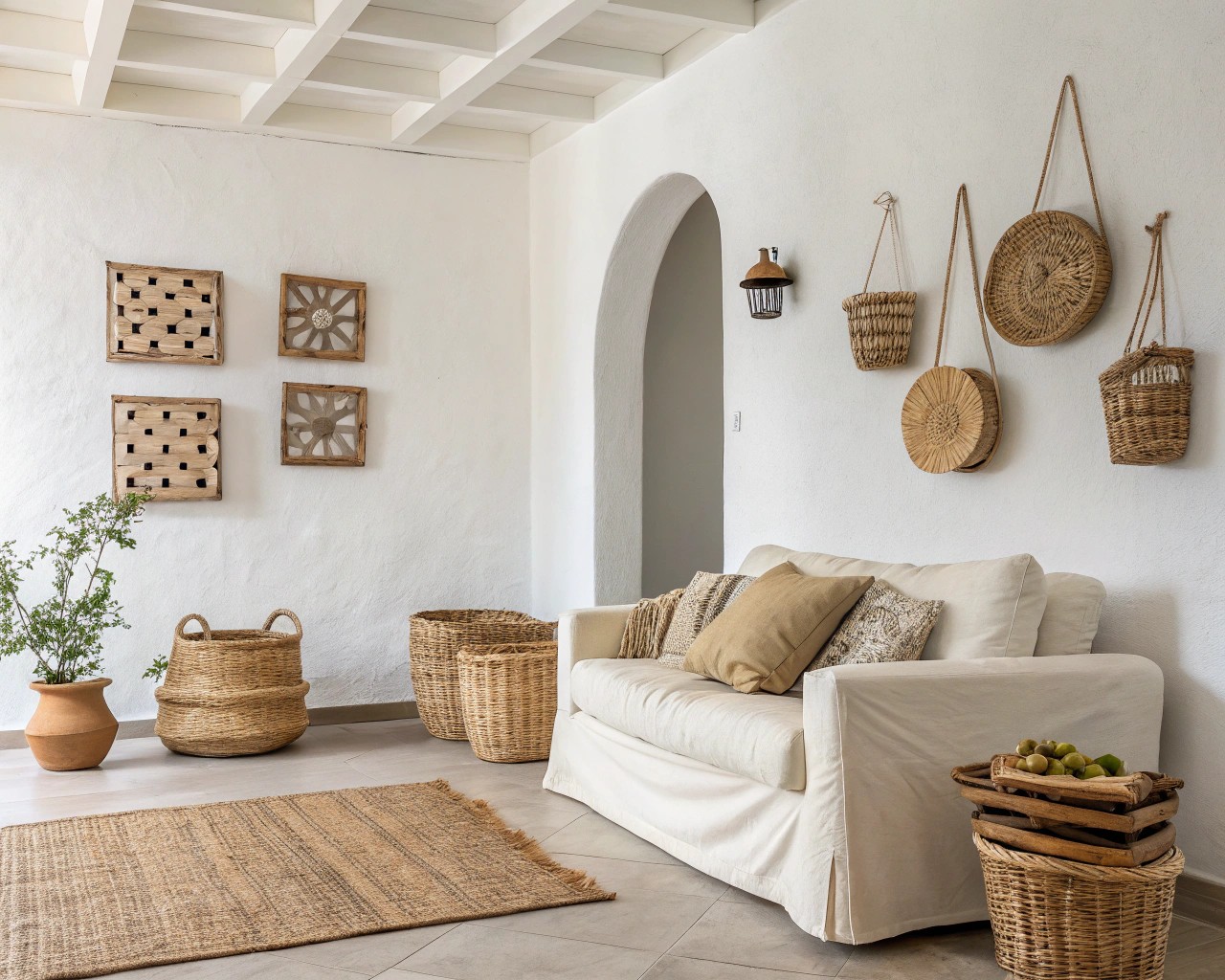
Contrary to popular belief, woven wall art excels in minimalist spaces by providing:
- Focused textural interest against clean backgrounds
- Organic counterpoints to geometric architecture
- Acoustic benefits in hard-surfaced environments
For instance, in a minimalist living room, arranging small woven rattan baskets in a symmetrical grid on a white wall can introduce natural texture. This provides a striking contrast to clean, modern furniture while upholding the minimalist aesthetic.
Coastal and Beach-Inspired Retreats
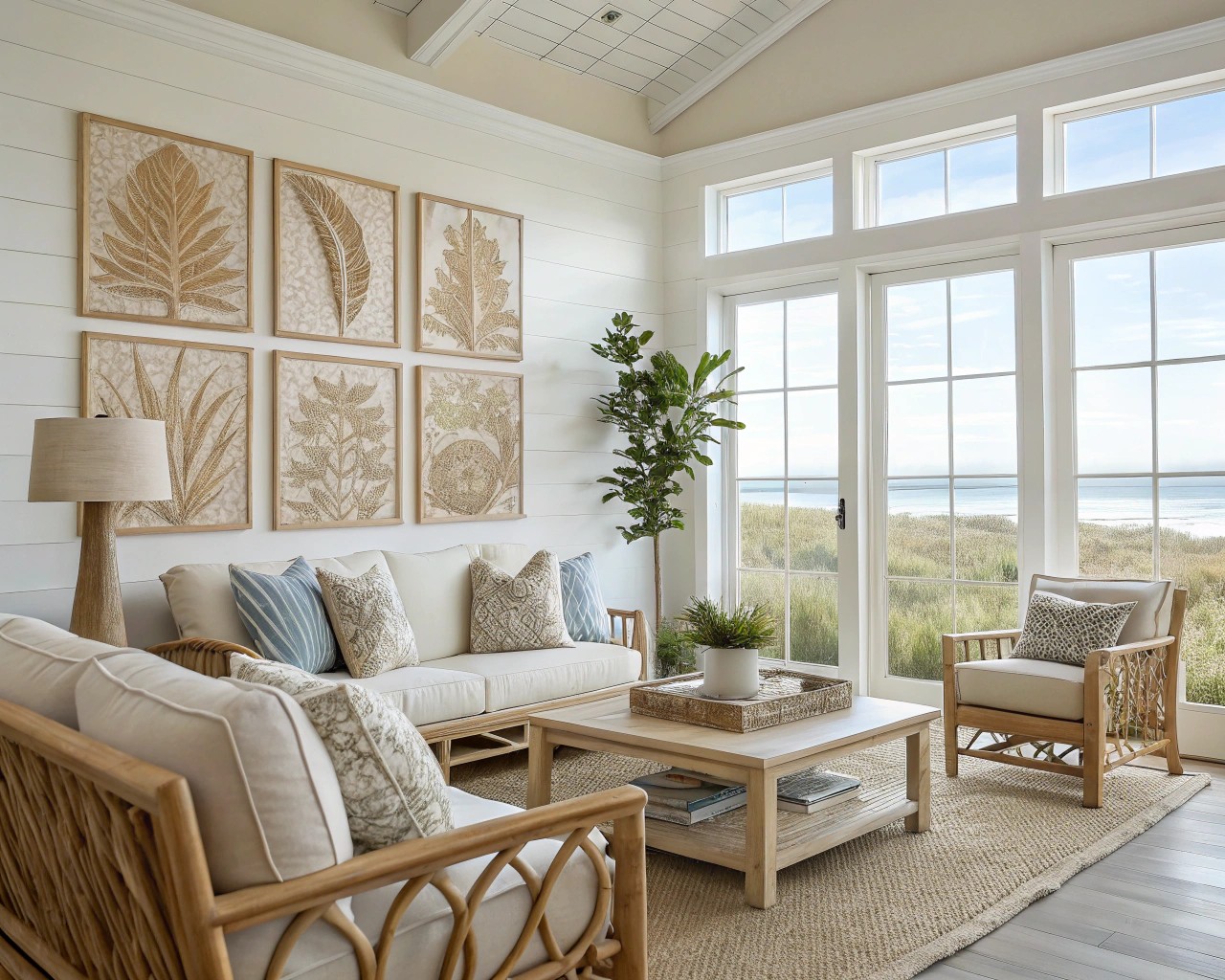
Coastal spaces naturally welcome woven elements that echo shoreline textures:
- Lighter colored seagrass and rattan pieces
- Fan-shaped designs reminiscent of ocean elements
- Horizontal arrangements suggesting horizon lines
Practical Selection Guide

When guiding clients through selection, consider these essential factors:
Scale Considerations:
1. Measure wall space carefully, allowing for negative space
2. For larger walls, choose either one statement piece or a collection
3. Consider viewing distance—intricate pieces need closer inspection
4. Account for ceiling height—taller ceilings can support vertically elongated pieces
Color Integration:
Warm and soothing color palettes often maximize coziness. Earthy neutrals such as creams, beiges, browns, and terracotta can evoke a sense of nature and grounding, helping to promote relaxation and comfort. For cohesive design, select pieces that:
- Pull from existing color elements in the room
- Contrast appropriately with wall colors
- Complement rather than compete with other artistic elements
The Cultural Significance of Woven Art
Woven wall art carries profound cultural significance across civilizations. The use of woven baskets as wall decor dates back centuries, particularly flourishing in cultures throughout Asia, Africa, and South America with strong weaving traditions. This rich heritage adds depth to contemporary interiors.
A powerful example comes from a project for a museum director who sought connection to her Malawian heritage. A collection of “Usiku” wall baskets, handcrafted by skilled Malawian weavers, became the centerpiece of her home office. These pieces featured “black accents created using an organic, vegetable-based dye, with each piece either dip-dyed or submersion-dyed before being woven into the natural fibers.” For her, these weren’t merely decorative objects but tangible connections to ancestral craft traditions.
Woven art also serves as a medium for storytelling. Research into textile traditions highlights how the process of textile production can foster community through shared work and the layering of narratives, often deeply linking women, textiles, and storytelling throughout history.
DIY Approaches to Woven Wall Art
For those interested in creating their own woven art, several accessible approaches exist:
Beginning Weaving Projects:
- Frame loom weaving for small wall hangings
- Simple basket weaving using readily available materials
- Organic shape weaving with basic techniques
One popular approach involves crafting organic shapes, as demonstrated in tutorials showing how to make simple woven wall hangings using materials like Merino wool roving, linen warp string, recycled cotton rope, and plied wool blend yarns.
Care and Maintenance for Longevity
Proper care ensures woven wall art remains beautiful for years:
Essential Care Tips:
1. Dust regularly with a soft-bristled brush or vacuum with upholstery attachment
2. Avoid direct sunlight which can fade natural fibers
3. Keep away from excessive moisture, especially for natural fibers
4. For minor stains, gently blot (never rub) with slightly damp cloth
5. Consider professional cleaning for valuable or antique pieces
Creating Spaces That Speak to the Soul
Woven wall art offers more than decoration—it provides tactile poetry for interior spaces. When thoughtfully selected and placed, these pieces create environments that nurture on multiple sensory levels. They connect inhabitants to global craft traditions while meeting fundamental human needs for texture, warmth, and organic presence in our increasingly digital world.
